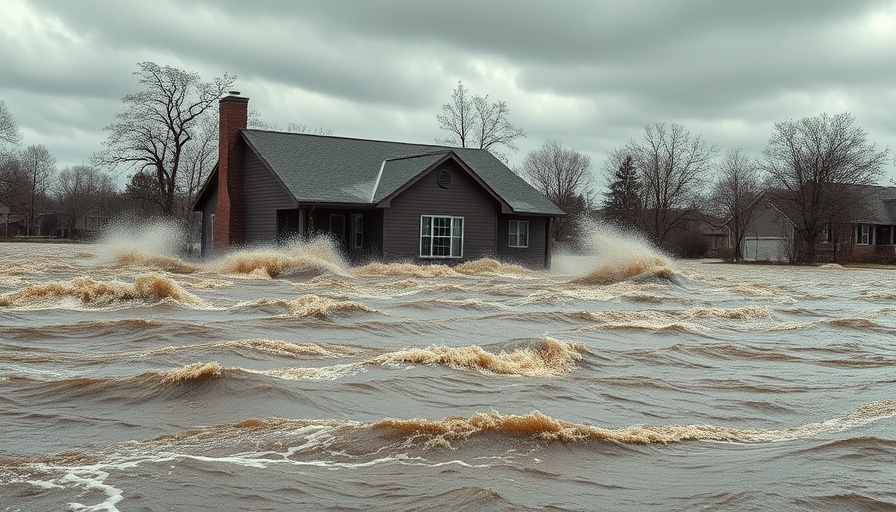
Exploring Bangladesh's Climate Resilience and Cultural Legacy
Bangladesh is a country defined by its rivers, their meandering paths shaping not only the landscape but also the culture and livelihoods of its people. My recent journey through this vibrant nation highlighted not just the environmental challenges it faces but also how its rich heritage and creative expressions, through poetry and song, intertwine with the very fabric of climate adaptation. During my travels, I was struck by the resilience demonstrated by the communities living along the rivers and the deep connection they maintain with their natural surroundings.
The Impact of Environmental Changes
As I crossed the impressive Jamuna Bridge and navigated the areas around the Sirajganj Hardpoint, it became clear that the embankments are more than mere structures; they are lifelines that protect towns from the shifting waters. This significant effort exemplifies Bangladesh's proactive measures in adapting to climate change, which has caused the Jamuna and Ganges rivers to alter their courses, leading to potential disaster for those who dwell near their banks. With lower boat traffic, the serene beauty of the river carried a bittersweet echo of memories from a decade ago when their communities were much more bustling.
Cultural Resilience Through Art
During our visit to Kushtia, we had the privilege of engaging with the legacy of Lalon Shah, a mystic poet whose songs reflect the struggles and triumphs of his people. Music here is not just entertainment; it's a vessel for identity and hope. As followers performed his music, it resonated deeply, reminding us of the intertwining nature of cultural expression and resilience in the face of adversity. His work, much like the ongoing efforts to manage river flows, emphasizes the importance of community and connection.
The Challenge of Water Supply and Management
Visiting the Gorai River showcased the stark reality of Bangladesh's climate challenges. The decline of water availability has forced locals to engage in dredging activities, underscoring the human adaptations required for survival. These efforts, alongside environmental changes due to infrastructural projects such as India's Farakka barrage, have tangible effects on daily life and highlight the complexity of managing shared water resources. The dredging operations not only affect the ecosystem but also reflect a broader battle against climate-induced challenges.
Sustainability Lessons from Bangladesh
As I walked along the banks where dredging was actively changing the landscape, I realized that Bangladesh's struggles offer valuable lessons. The community-based efforts to restore and maintain natural waterways emphasize the necessity of local involvement in sustainability practices. This resonates with our efforts in the Seattle area, where we also strive to balance development with the environment, reinforcing the importance of proactive engagement in our ecological stewardship.
A Personal Reflection
The juxtaposition of historical wealth and current poverty struck me deeply, particularly at Shilaidaha Kuthibari, Rabindranath Tagore’s family home. While his literary achievements remain celebrated, the stark contrast between his lifestyle and that of local villagers speaks volumes about the legacies we inherit. Tagore's poetry has transcended borders, capturing the essence of humanity, much like the rivers that continue to shape the lives of those who depend on them.
Traveling through Bangladesh was more than just an exploration of its landscapes; it was a reminder of the critical importance of integrating culture into our sustainability efforts. Stories etched in the rivers and verses are vital for fostering resilience. They reflect how communities can thrive, adapt, and draw strength from their traditions, inspiring us in Seattle and beyond to approach our environmental challenges with creativity and resilience.
Let’s take inspiration from Bangladesh's approach and embrace local cultural narratives as we strive for sustainable living in our own communities. It's vital to engage and learn from these experiences, as they provide both context and hope amidst global climate concerns.
 Add Row
Add Row  Add
Add 




Write A Comment